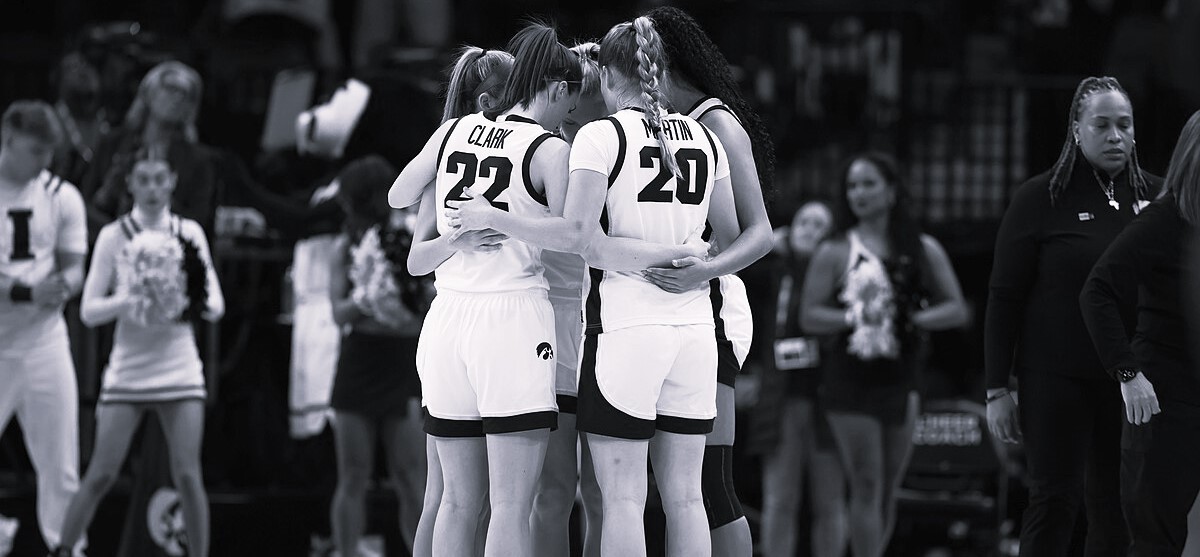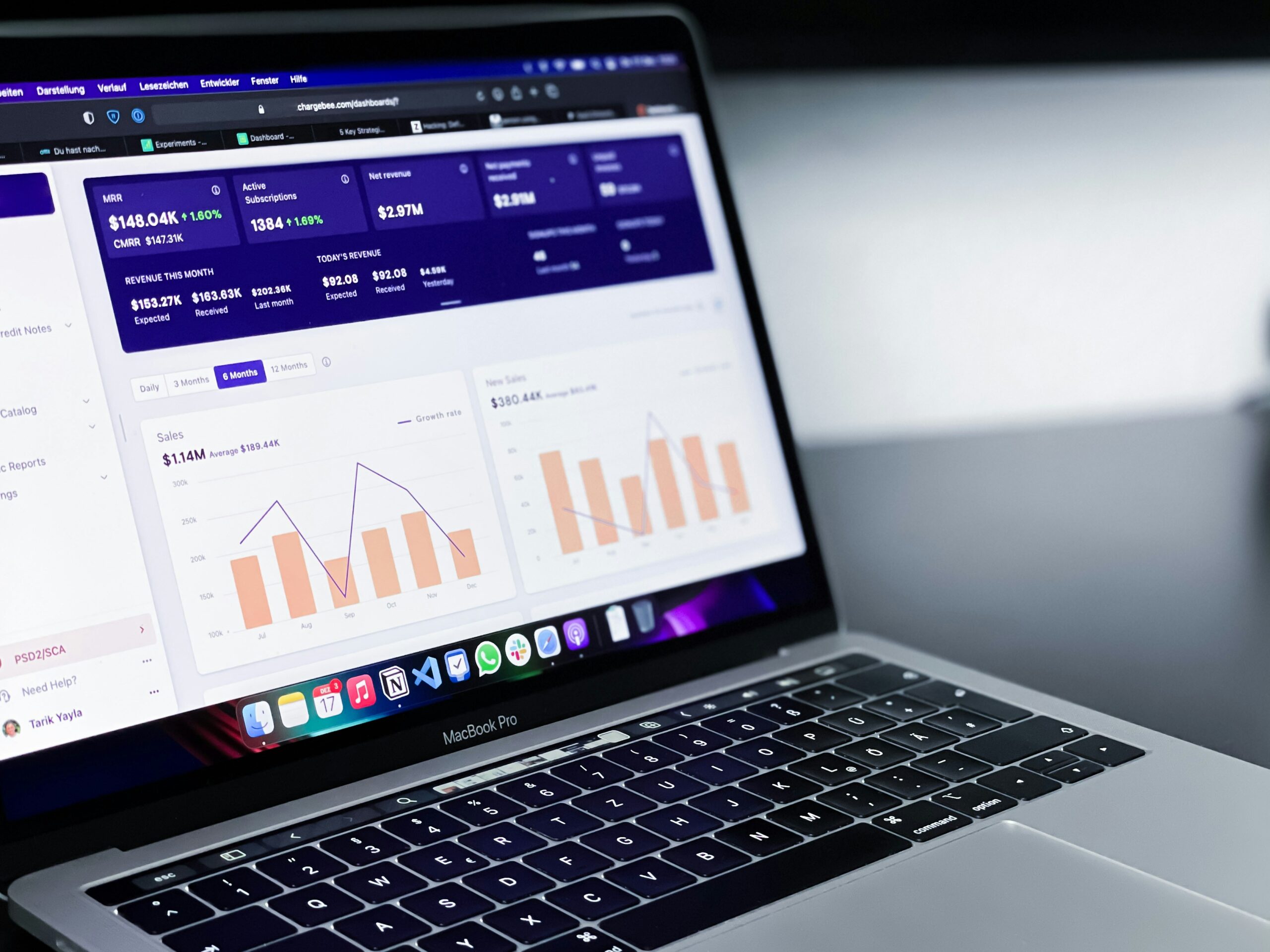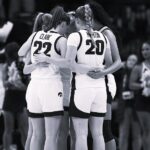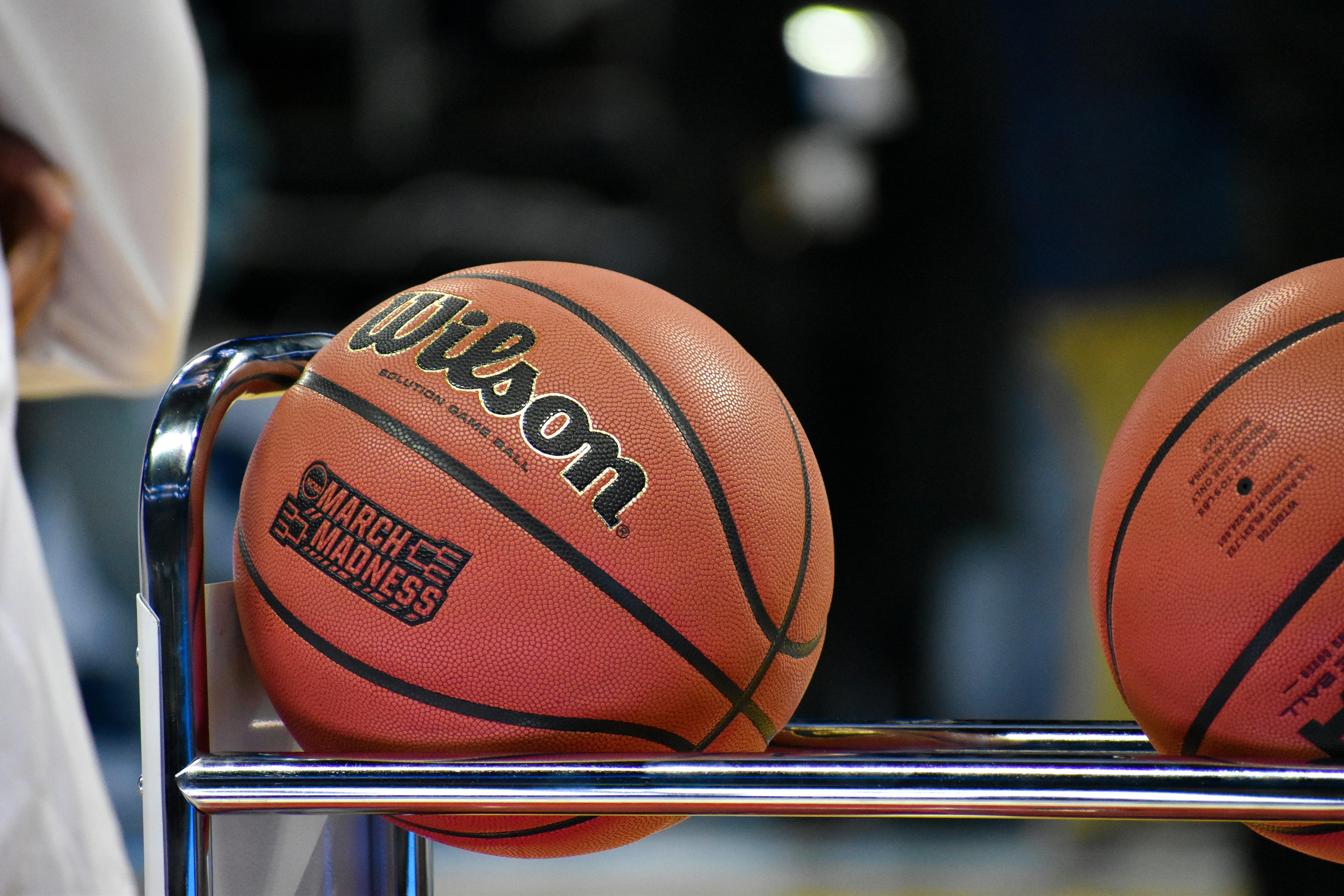
Women’s NCAA March Madness Tournament Hits New Highs in 2024
This year’s Women’s March Madness tournament was one for the record books, literally. Hype around star players and powerhouse programs combined with increased media exposure led to huge numbers for the tournament on TV and social media.
Zoomph analyzed viewership for every single game and social media for every single team to get a complete view of the tournament’s exposure and quantify what had the biggest impact on this year’s March Madness.
For this data set, “tournament social media” refers to the total social performance (X, Instagram, Facebook) for official tournament accounts and all teams. Complete tournament dates were from Selection Sunday through each Championship game. Performance for each round was based on that team’s game day. TV viewership numbers come from Zoomph Broadcast.
big teams, big players, big numbers
Quantifying the exposure generated by each team, it’s clear that a select few popular programs were the biggest drivers of engagement on TV and social media. In fact, the top four teams for total broadcast viewership were also the top four teams on social media based on impressions and engagement for the tournament. Iowa, South Carolina, UConn and LSU are top programs on the court and also had some of the tournament’s biggest names like Caitlin Clark, Angel Reese and Paige Bueckers.
On social media, the official tournament and team social media accounts (X, Instagram, Facebook) totaled 32.6 million engagements and over 1 billion impressions. These top four teams accounted for 45% of that engagement and 40% of those impressions.
On television, those four programs also had the best average viewership per game and most cumulative viewership, regardless of when they exited the tournament. Iowa by far had the biggest average audience, and UConn, LSU and South Carolina all benefitted from their marquee matchups with the Hawkeyes and Caitlin Clark.
Looking at each of these teams’ social media and television audience round-to-round, there’s evidence of a relationship between social media exposure and broadcast reach. In the case of the two mediums, exposure leads to more exposure. Viewership and impressions followed similar trends, except for LSU and UConn’s expected dips on social media once they lost.
Some fans might be exclusively following a game via social media or broadcast, but others might see updates via social media then decide to tune in, or alternatively watch live and then go to social to further discuss and engage. Either way, these women’s teams leveraged their fan bases in multiple ways for maximum exposure for themselves and the entire March Madness tournament.
Women's vs. men's tournament
Last year was the first year the women’s NCAA tournament was branded as March Madness, and this year the parity between the men’s and women’s tournament was even greater across the board: media coverage, TV viewership, social media, in-game attendance, etc.
For social media and broadcast the men’s tournament had more exposure across the whole tournament, and that exposure was more equally spread across the games and teams. However, once both tournaments reached the Elite Eight, the women’s tournament and teams had more total social media impressions, and for the Final Four the two competitions had virtually the same average viewership per game.
By the championship game, the women’s tournament had a bigger average audience than the men’s by over 6 million viewers. Iowa vs. South Carolina had an average audience of 19.9 million, while UConn vs. Purdue averaged 13.1 million viewers.
On social media, the men’s tournament peaked when all the men’s teams were playing in the 1st round, but as less and less teams played, the men’s total social exposure through team and tournament channels steadily dipped. For the other side, Iowa women’s basketball was the top team on social media for either tournament by far, earning 244 million impressions and 7.7 million engagements. Iowa’s social media helped the women’s side maintain their social media performance for the duration of the tournament, accounting for 24% of the its total engagement and 22% of its total impressions. Even though several men’s teams have bigger following than Iowa’s women’s team, no men’s team had that same success on social.
A bright Future for women's March Madness
This year was historic for the women’s NCAA college basketball tournament, both relative to the men’s and relative to its own previous performance. Analyzing the data, the power of the women’s side seemed to rely less on general interest in the tournament and more in the appeal of specific players and teams. As these teams and stars moved through the tournament, the women’s side was able to break viewership records three times and surpass the men on social media.
While it will be difficult to recreate the Caitlin Clark phenomenon and what it brought to this season, this year’s March Madness importantly proved that women’s sports can be just as if not more exciting than men’s, and now serves as an important case study on how to successfully market players, teams and the tournament.









